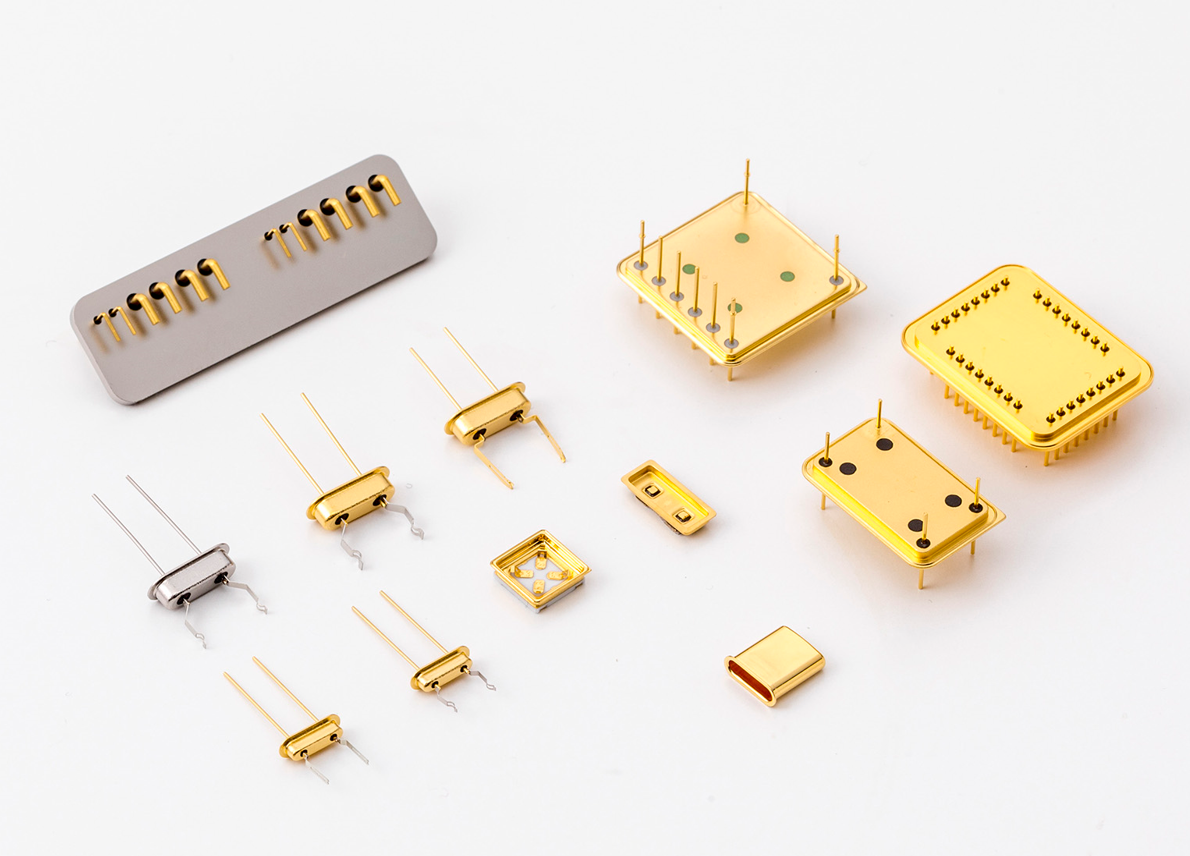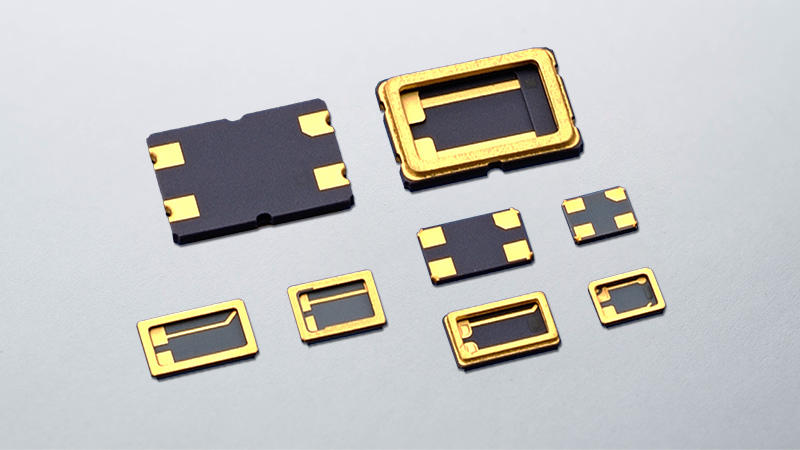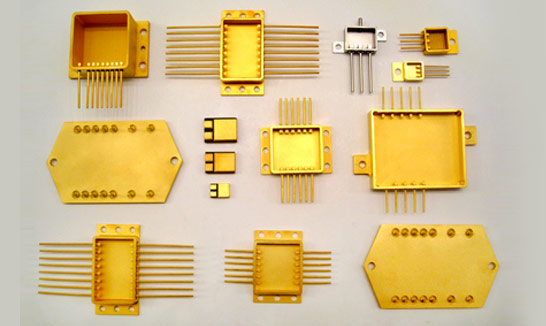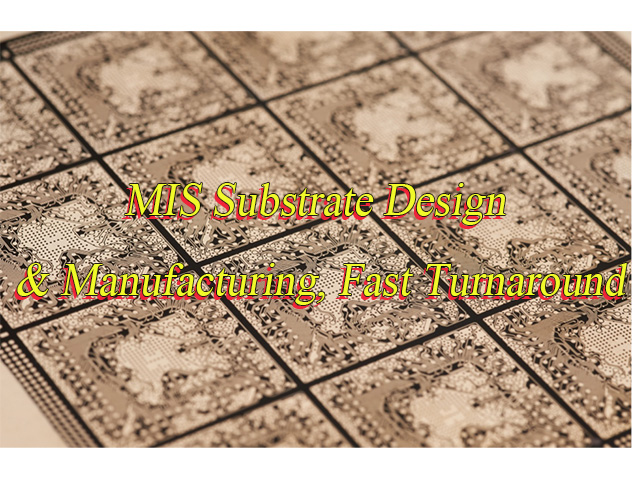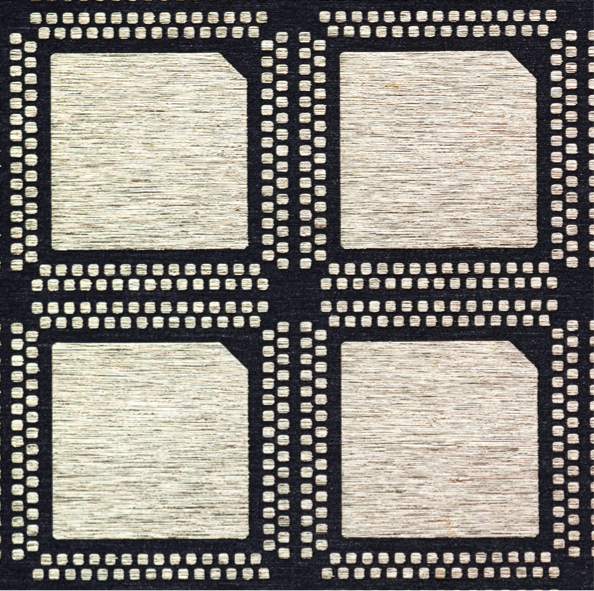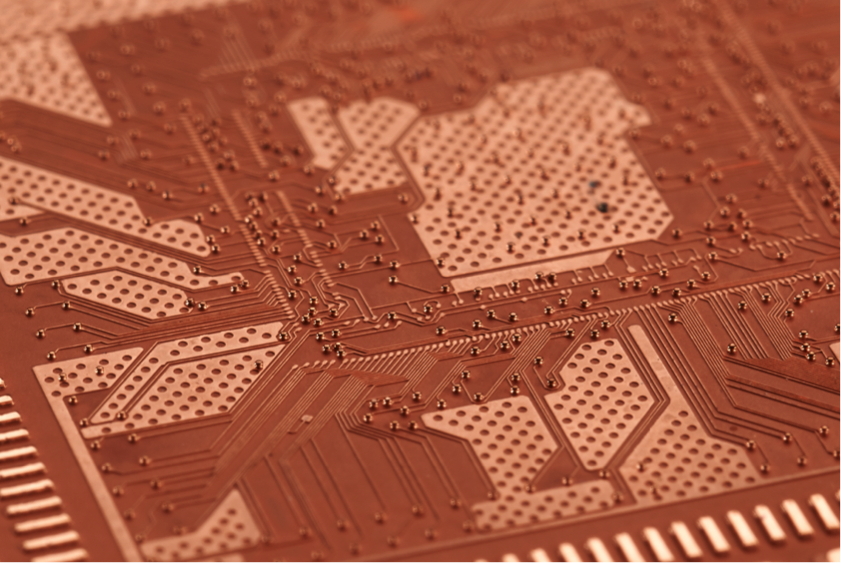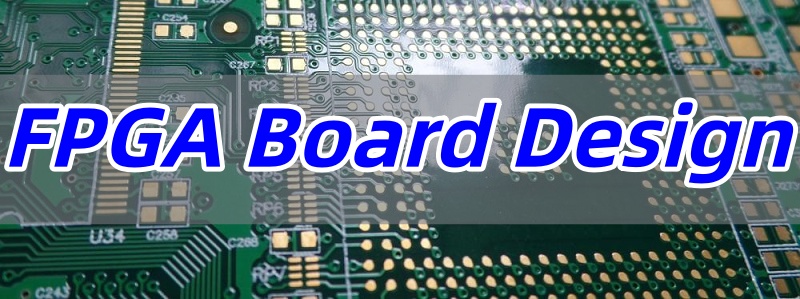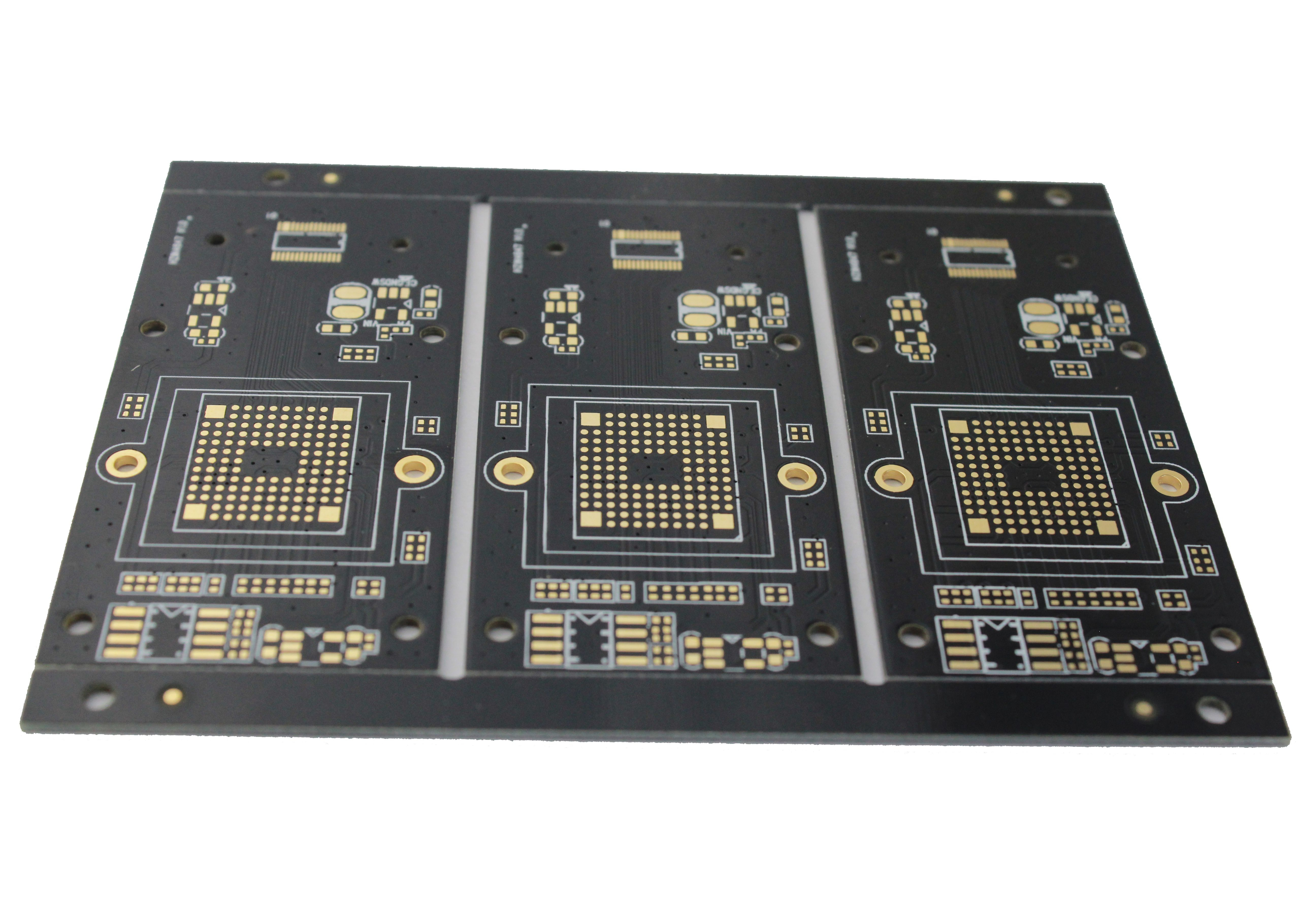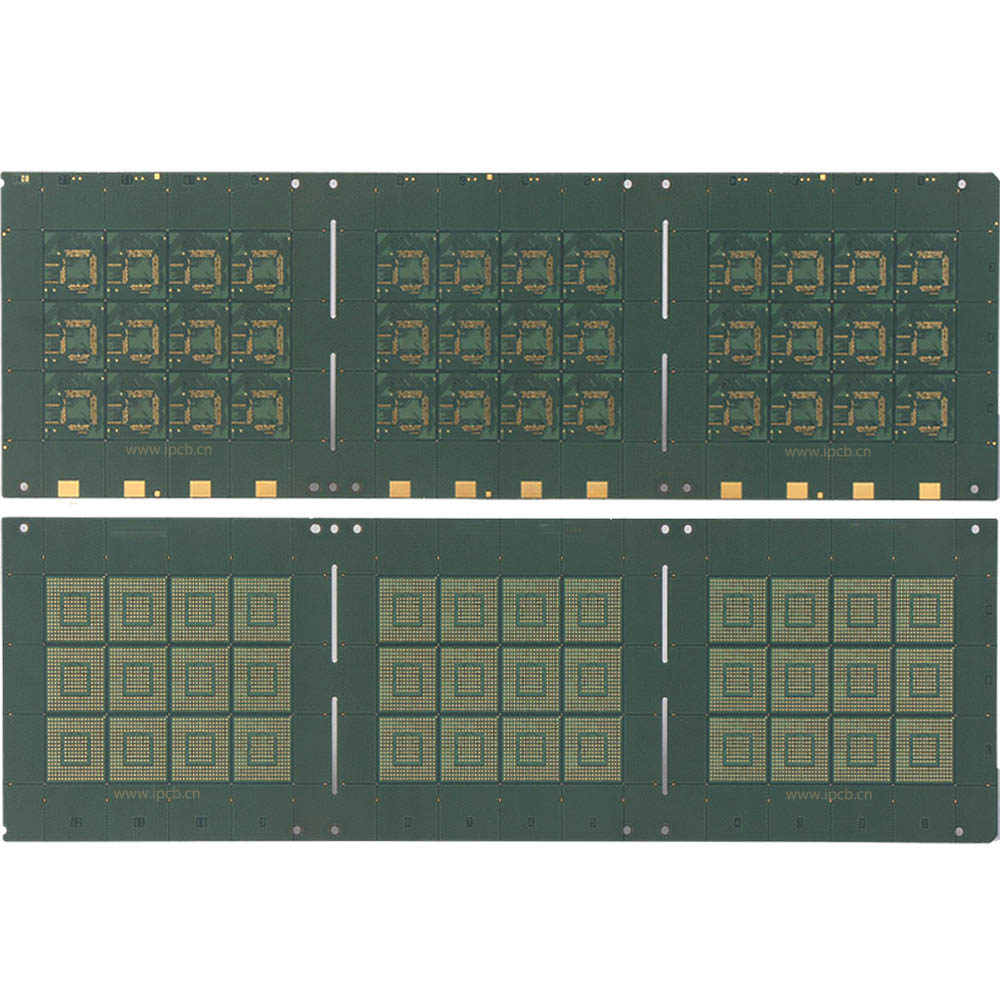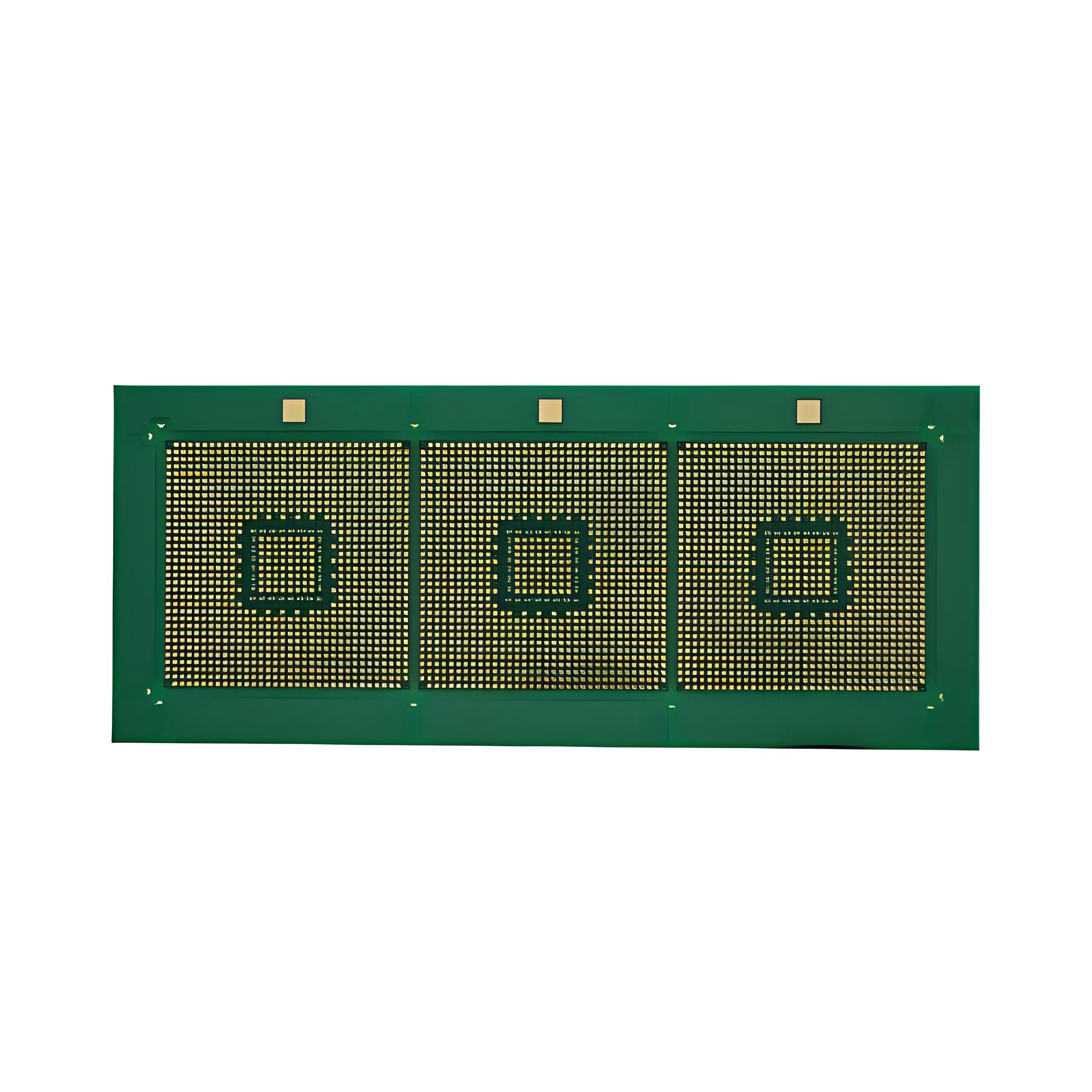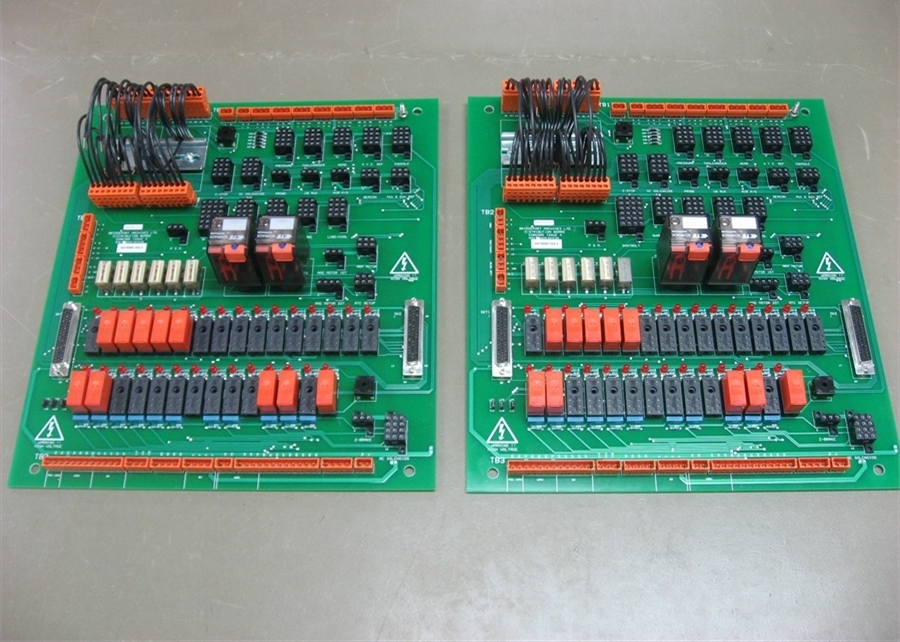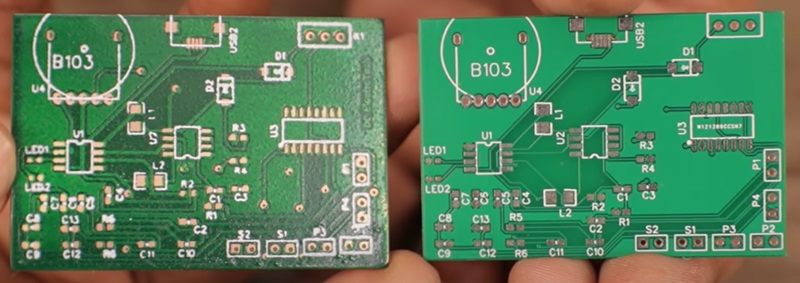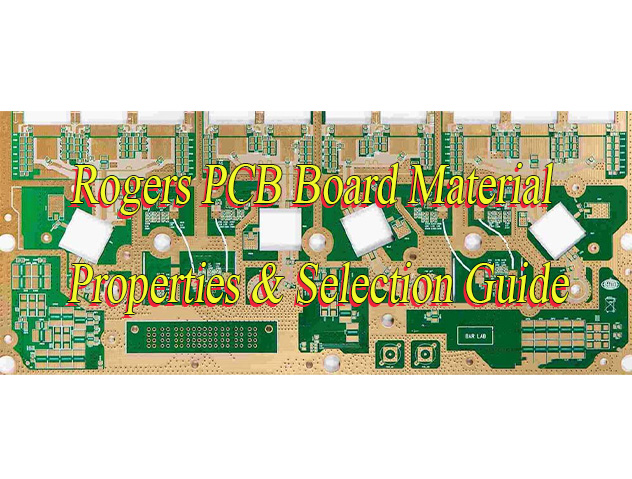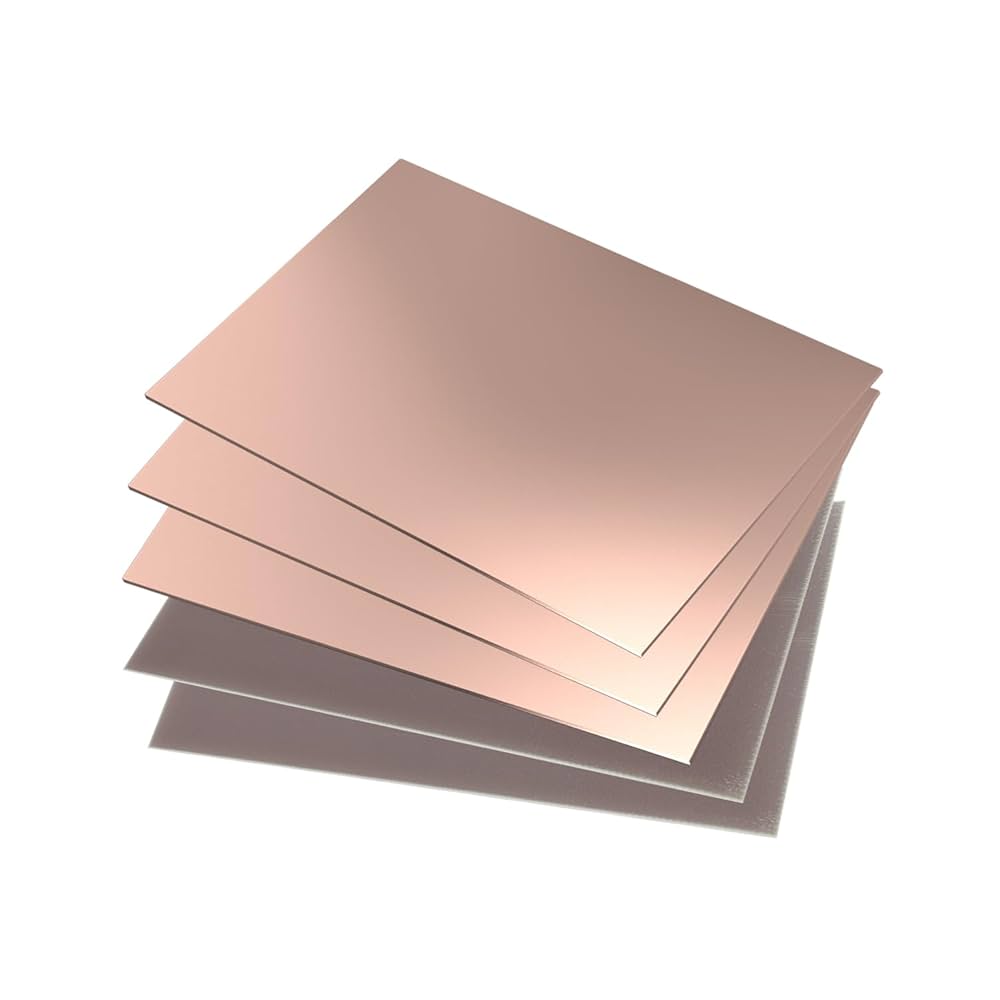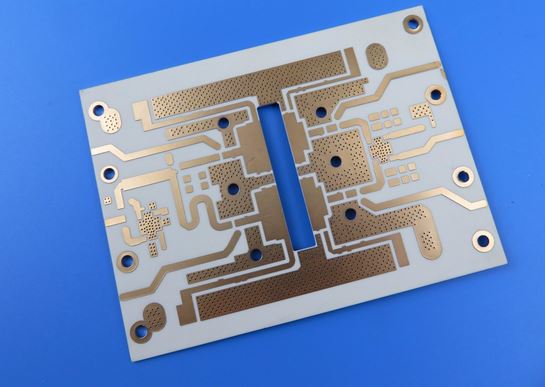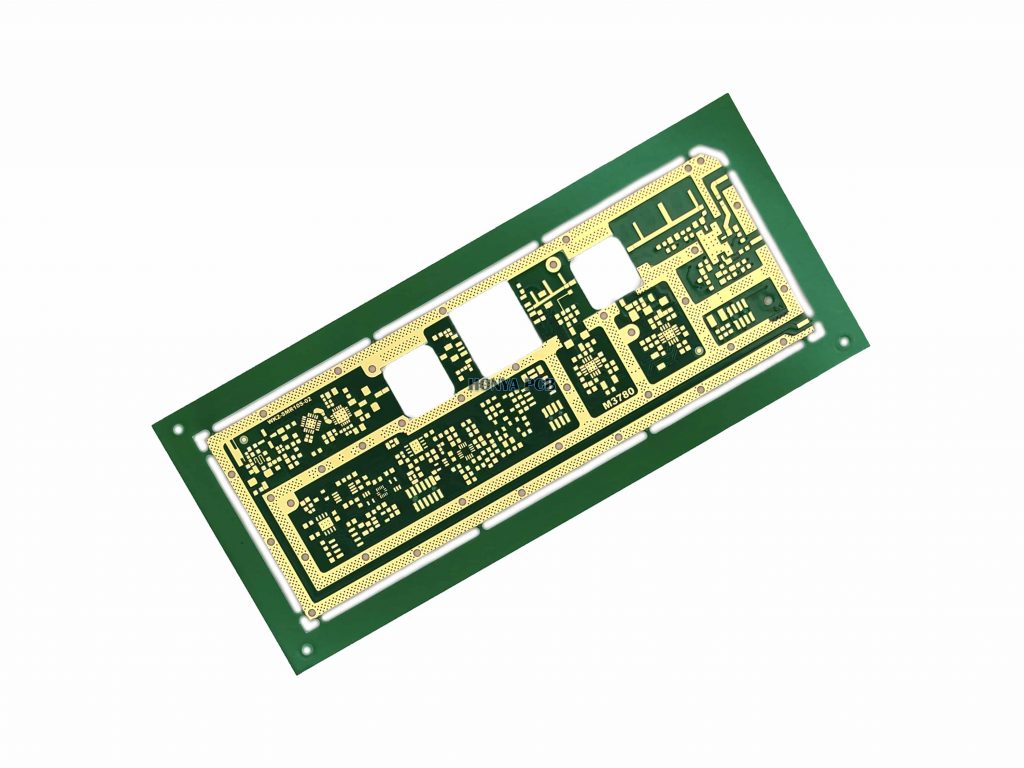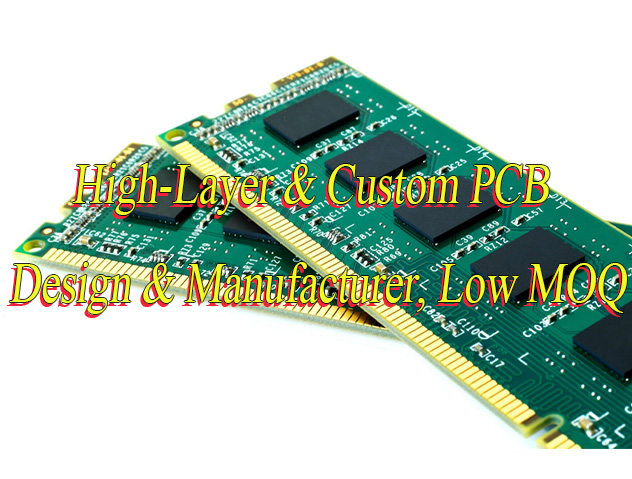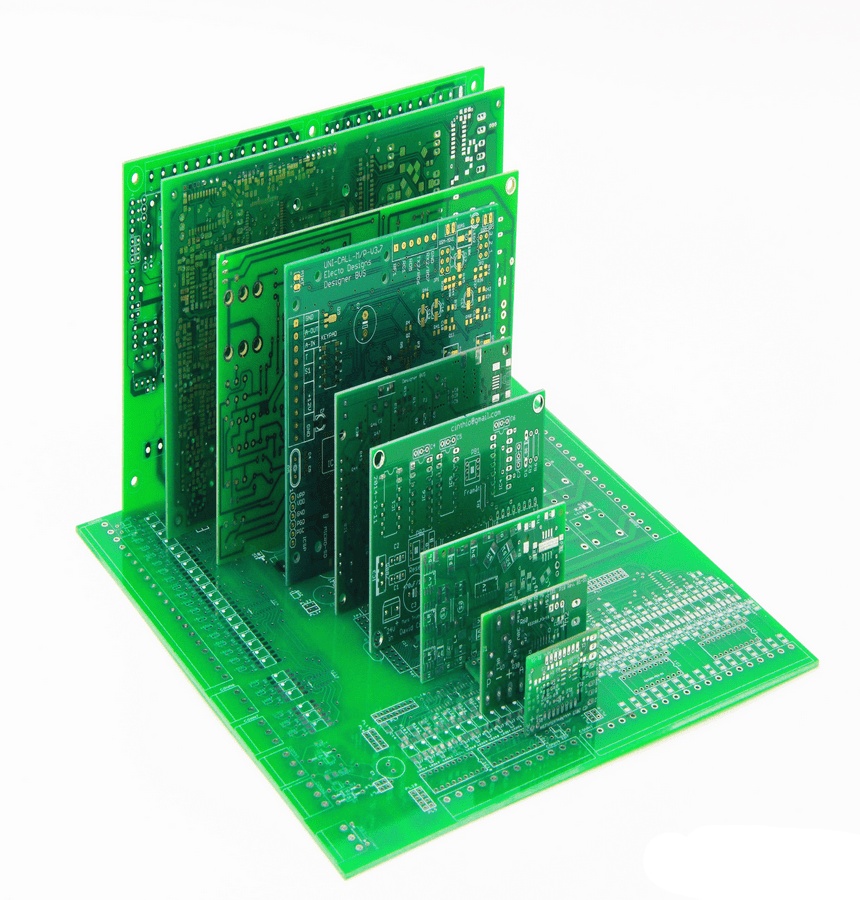PCB board factory forms the foundation of today’s electronics industry, turning complex circuit designs into the functional cores of countless products. This article explores how a professional PCB manufacturer like Best Technology delivers rapid, high-quality fabrication services to meet diverse client needs.
Are you struggling to find a PCB board factory that balances speed, precision, and affordability?‚Äč
- ‚ÄčLengthy lead times‚Äč delaying product development cycles.
- ‚ÄčInconsistent quality‚Äč leading to board failures or rework.
- ‚ÄčLimited customization‚Äč for specialized designs (e.g., high-Tg, HDI, or heavy copper).
- ‚ÄčPoor communication‚Äč and lack of real-time order updates.
How Best Technology Addresses These Challenges:‚Äč‚Äč
- ‚ÄčFast-turn services‚Äč with urgent shipping in 24 hours.
- ‚ÄčStrict QC protocols‚Äč aligned with ISO9001, IATF16949, and IPC standards.
- ‚ÄčWide capability range‚Äč including FR4, MCPCB, ceramic PCB, and complex designs.
- ‚ÄčOne-on-one sales support‚Äč and online WIP tracking for transparency.
‚Äč‚ÄčBest Technology is a leading ‚ÄčPCB board factory‚Äč with over 19 years of expertise in providing end-to-end PCB solutions. Specializing in FR4, Metal Core (MCPCB), Ceramic, and advanced HDI PCBs, we combine state-of-the-art manufacturing equipment with rigorous quality control to deliver high-precision, reliable boards‚ÄĒfrom prototype to mass production. Our commitment to transparent pricing, fast turnaround (24-hour urgent service available), and one-on-one customer support has made us a trusted partner for 1,700+ clients across 40 countries. For projects requiring quality and speed, pls feel free to contact us at ‚Äčsales@bestpcbs.com.
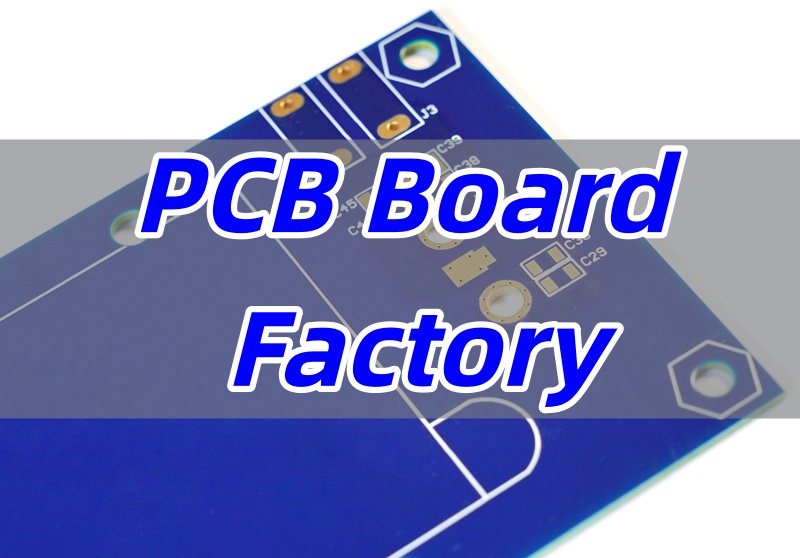
China PCB Board Factory ‚Äď Best Technology‚Äč
Best Technology, founded in 2006, is a Chinese PCB manufacturer specializing in turnkey solutions‚ÄĒfrom design and prototyping to assembly and box-build. With 19 years of experience, we serve 1,700+ clients across 40 countries, offering:
- ‚Äč260,000 sq ft monthly production capacity.
- ‚ÄčFull certifications:‚Äč‚Äč ISO9001, ISO13485, RoHS, REACH, and IATF16949.
- ‚ÄčAdvanced equipment:‚Äč‚Äč Laser drills, flying probe testers, and automated lines.
At Best Technology, we combine engineering precision with efficient production to deliver boards that meet the highest industry standards. From prototype validation to full-scale assembly, every project benefits from our technical expertise, advanced equipment, and strict quality control systems.
If you‚Äôre seeking a dependable PCB board fabrication partner in China who understands both the complexity and urgency of modern electronics manufacturing, pls feel free to contact us at ‚Äčsales@bestpcbs.com‚Äč for personalized support.
‚ÄčHow Do China PCB Board Manufacturing Company Ensure Quality?‚Äč‚Äč
Quality assurance is critical in PCB fabrication. Best Technology implements:
- ‚ÄčMaterial Control:‚Äč‚Äč Sourcing certified substrates (e.g., high-Tg FR4, Rogers).
- ‚ÄčProcess Monitoring:‚Äč‚Äč Real-time checks during etching, lamination, and plating.
- ‚ÄčTesting:‚Äč‚Äč 100% electrical testing and AOI inspections.
- ‚ÄčCertification Compliance:‚Äč‚Äč Adherence to IPC-A-600 and Class 3 standards.
- ‚ÄčDocumentation:‚Äč‚Äč Detailed reports for traceability.
At Best Technology, strict control, advanced testing, and full certification keep every PCB precise, consistent, and production-ready.
‚ÄčWhat Certifications Should a Trusted Circuit Boards PCB Board Factory Have?‚Äč‚Äč
Reputable factories hold:
- ‚ÄčISO9001:‚Äč‚Äč Quality management systems.
- ‚ÄčIATF16949:‚Äč‚Äč Automotive industry compliance.
- ‚ÄčISO13485:‚Äč‚Äč Medical device safety.
- ‚ÄčRoHS/REACH:‚Äč‚Äč Environmental and material safety.
Best Technology’s certifications validate our commitment to excellence.
‚ÄčTechnical Capability for China HDI PCB Board Factory
We are a premier PCB manufacturer specializing in High-Density Interconnect (HDI) and advanced multi-layer boards. Our state-of-the-art facility is equipped to handle the most demanding requirements, from prototype to volume production.
‚Äč1. Core Technological Expertise‚Äč
- ‚ÄčAdvanced HDI Technology: We excel in laser-drilled microvia technology, supporting blind and buried vias with diameters as small as ‚Äč0.1mm (4mil)‚Äč. We manufacture complex stacked and staggered microvia structures for optimal routing density in sophisticated designs.
- ‚ÄčHigh-Layer-Count PCBs: We reliably produce complex multilayer boards with a maximum count of ‚Äč32 layers, ensuring excellent registration and signal integrity.
- ‚ÄčComprehensive Material Selection: We work with a wide range of materials to meet electrical, thermal, and reliability specifications.
- ‚ÄčStandard FR-4: All Tg levels (Standard, Mid-Tg 150¬į, High-Tg 170¬į-180¬į).
- ‚ÄčSpecialty Materials:
- ‚ÄčHigh-Frequency/High-Speed: Rogers (4003, 4350, 5880), Taconic, Isola, Nelco for RF and high-speed digital applications.
- ‚ÄčHigh-Reliability FR-4: Very High-Tg (>180¬į), Halogen-Free materials.
- ‚ÄčHigh CTI: Materials with CTI ratings from 400 to 600 for demanding environments.
‚Äč2. Key Process Capabilities‚Äč
- ‚ÄčFine Line Technology:
- ‚ÄčStandard Capability: ‚Äč3/3 mil‚Äč line/space for both inner and outer layers.
- ‚ÄčHeavy Copper Support: Up to ‚Äč20 oz‚Äč finished copper weight, with optimized processes for each weight class (e.g., 5/5 mil for 5 oz, 10/10 mil for 10 oz).
- ‚ÄčDrilling & Via Technology:
- ‚ÄčMinimum Laser Drill Size: ‚Äč0.10mm.
- ‚ÄčMinimum Mechanical Drill Size: ‚Äč0.15mm‚Äč (for both through-holes and blind vias).
- ‚ÄčAspect Ratio: Up to ‚Äč10Ôľö1‚Äč for through-hole boards.
- ‚ÄčTight Tolerances: PTH hole diameter tolerance ¬Ī2mil, hole-to-hole spacing tolerance ¬Ī2mil.
- ‚ÄčBoard Thickness & Dimensions:
- ‚ÄčBoard Thickness Range: ‚Äč0.15mm‚Äč (ultra-thin) to ‚Äč8.0mm‚Äč (heavy-thick).
- ‚ÄčMaximum Panel Size:
- Multilayer Boards: ‚Äč750mm.
- Double-Sided/Single-Sided Boards: ‚Äč1980mm.
- ‚ÄčMinimum Single Piece Size: ‚Äč5mm‚Äč (recommended to be panelized for handling).
‚Äč3. Surface Finishes‚Äč
We offer a full spectrum of surface finishes to suit any application requirement.
| Finish Type | Typical Thickness |
|---|---|
| ‚ÄčOSP (Entek)‚Äč‚Äč | 0.2-0.3 ¬Ķm |
| ‚ÄčENIG (Immersion Gold)‚Äč‚Äč | Au: 0.025-0.125 ¬Ķm Ni: 3-8 ¬Ķm |
| ‚ÄčImmersion Silver‚Äč | 0.2-0.4 ¬Ķm |
| ‚ÄčImmersion Tin‚Äč | 0.8-1.5 ¬Ķm |
| ‚ÄčENEPIG (Ni/Pd/Au)‚Äč‚Äč | Pd: 0.05-0.125 ¬Ķm Au: 0.025-0.125 ¬Ķm |
| ‚ÄčLead-Free HASL‚Äč | 1.5-40 ¬Ķm |
| ‚ÄčHard Gold (Gold Fingers)‚Äč‚Äč | Au: 0.1-1.27 ¬Ķm |
‚Äč4. Solder Mask & Legend‚Äč
- ‚ÄčColors: Green, Black, Blue, Red, White, Yellow, Purple, Orange, Matte Green, Matte Black, Matte Blue, Clear, and more. Mixed colors on top/bottom sides are supported.
- ‚ÄčSolder Mask Dam/Bridge: ‚Äč3 mil‚Äč for LPI over 1 oz copper.
- ‚ÄčRegistration Tolerance: ¬Ī1 mil.
- ‚ÄčLegend (Silkscreen)‚Äč: Various colors available; minimum character size 28mil height / 5mil width.
‚Äč5. Mechanical Fabrication & Outlining‚Äč
- ‚ÄčRouting & Scoring:
- ‚ÄčV-Score: Angles from 20¬į to 60¬į with ¬Ī5¬į tolerance. Beveling for gold fingers is available.
- ‚ÄčContour Routing: Tolerances as tight as ¬Ī4mil.
- ‚ÄčBorder Clearance: Minimum 8mil from trace to board edge.
‚ÄčTo sum up, our commitment to advanced engineering and rigorous quality control enables us to be your trusted partner for demanding PCB projects. We transform complex designs into reliable reality, offering a complete solution for HDI, high-layer-count, high-frequency, and heavy-copper applications.
‚ÄčAdvanced PCB Manufacturing Machine
‚ÄčAt Best Technology, our manufacturing excellence is powered by a comprehensive suite of state-of-the-art equipment. Each machine in our facility is strategically integrated to ensure precision, efficiency, and superior quality at every stage of production.
- ‚ÄčLaser Drill Machines:‚Äč‚Äč We utilize advanced CNC laser drill systems to achieve exceptionally fine microvias down to 0.1mm. This technology is critical for manufacturing high-density interconnect (HDI) PCBs, enabling complex, multi-layer designs with high reliability.
- ‚ÄčAutomated DES Lines:‚Äč‚Äč Our multiple automated Developing, Etching, and Stripping (DES) lines ensure consistent and precise circuit pattern formation. This automation guarantees uniformity in fine-line etching and reduces the potential for human error, which is vital for high-yield production.
- ‚ÄčFlying Probe Testers:‚Äč‚Äč For electrical validation, our MV300/KHL-300V flying probe testers perform high-speed, fixture-less testing. This allows for rapid and accurate detection of shorts, opens, and other electrical faults on everything from quick-turn prototypes to complex final assemblies.
- ‚ÄčSMT Assembly Equipment:‚Äč‚Äč Our Surface Mount Technology (SMT) lines enable fast, accurate, and efficient component placement and assembly. This capability supports our full turnkey service, ensuring your boards are assembled with the same level of quality and precision as they are fabricated.
- ‚ÄčSupporting Machinery:‚Äč‚Äč A full range of supporting equipment‚ÄĒincluding automatic solder mask application machines, dry film laminators, high-pressure cleaning lines, and vacuum packing systems‚ÄĒcompletes our production ecosystem, guaranteeing that every board meets the highest standards of quality and reliability.
This strategic investment in advanced machinery underpins our ability to act as your reliable ‚Äčoriginal PCB board factory for rapid fabrication, delivering on our promises of speed, precision, and quality.
‚ÄčHow to Select a Trustworthy PCB Circuit Board Factory?‚Äč‚Äč
Consider these factors:
- ‚ÄčExperience:‚Äč‚Äč Look for 10+ years in industry-specific projects.
- ‚ÄčCapability:‚Äč‚Äč Verify equipment and material range.
- ‚ÄčCertifications:‚Äč‚Äč Ensure relevant quality standards.
- ‚ÄčCommunication:‚Äč‚Äč Choose suppliers with responsive support.
- ‚ÄčSamples:‚Äč‚Äč Test prototype quality before mass production.
Selecting the right PCB partner ensures your designs perform reliably. By focusing on experience, capability, certifications, communication, and prototype testing, you can confidently choose a factory like Best Technology to bring your circuits from concept to production.
‚ÄčCase of Complete PCB Board Fabrication by Best Technology‚Äč
‚ÄčThis 6-layer FR4 PCB with Tg180 is ideal for ‚Äčhigh-performance electronics‚Äč requiring thermal stability and reliability, such as:
- Automotive control units
- Industrial power systems
- Telecommunications infrastructure
‚ÄčParameters:‚Äč‚Äč
- ‚ÄčLayers:‚Äč‚Äč 6
- ‚ÄčMaterial:‚Äč‚Äč FR4, Tg180
- ‚ÄčSurface Finish:‚Äč‚Äč ENIG 1u”
- ‚ÄčCopper Thickness:‚Äč‚Äč 1oz per layer
- ‚ÄčSolder Mask:‚Äč‚Äč Blue
- ‚ÄčSilkscreen:‚Äč‚Äč White
- ‚ÄčBoard Thickness:‚Äč‚Äč 1.6mm ¬Ī10%
- ‚ÄčSpecial Requirements:‚Äč‚Äč SMT assembly, panelized delivery
‚ÄčThis double-sided FR4 PCB suits ‚Äčconsumer electronics and low-cost applications, including:
- Power adapters
- LED lighting systems
- Home appliances
‚ÄčParameters:‚Äč‚Äč
- ‚ÄčLayers:‚Äč‚Äč 2
- ‚ÄčMaterial:‚Äč‚Äč FR4, Standard Tg130
- ‚ÄčBoard Thickness:‚Äč‚Äč 1.6mm ¬Ī10%
- ‚ÄčCopper Thickness:‚Äč‚Äč 1oz inner/outer
- ‚ÄčSolder Mask:‚Äč‚Äč Green
- ‚ÄčSilkscreen:‚Äč‚Äč White
- ‚ÄčSurface Finish:‚Äč‚Äč Lead-free HASL
- ‚ÄčDelivery:‚Äč‚Äč Bare board, panelized
From high-performance 6-layer FR4 boards to cost-effective 2-layer designs, Best Technology delivers PCBs tailored to diverse applications. Our precision manufacturing, strict quality control, and flexible assembly options ensure every board meets your requirements, ready for reliable deployment in any electronic system.
‚ÄčWhy Choose Best Technology for PCB Board Fabrication?‚Äč‚Äč
We stand out through:
- ‚ÄčSpeed:‚Äč‚Äč 24-hour prototyping and on-time delivery (97% rate).
- ‚ÄčPrecision:‚Äč‚Äč Tolerance control to ¬Ī1mil for critical designs.
- ‚ÄčEnd-to-End Service:‚Äč‚Äč PCB design, sourcing, assembly, and testing.
- Expert Engineering Support:‚Äč‚Äč Our team of experienced engineers offers proactive design for manufacturability (DFM) feedback.
- ‚Äč‚ÄčSmall Bulk Order Support: All of our PCBs are without MOQ requirements.
- Flexible Service: We have our original printed circuit board factory in China, which gives us access to control the manufacturing schedule directly. This allows us to offer unparalleled flexibility to meet your specific needs. Whether you require last-minute design modifications, urgent prototype iterations, or expedited volume production, our integrated facility enables rapid adjustments without the delays typical of third-party manufacturers.
In brief, choosing a ‚ÄčPCB board factory‚Äč is a strategic decision that impacts your product’s quality, cost, and time-to-market. ‚ÄčBest Technology‚Äč combines state-of-the-art facilities, deep expertise, and a client-centric approach to provide a distinct competitive advantage.
To conclude, a ‚ÄčPCB board factory‚Äč is pivotal in transforming designs into functional electronics. Best Technology combines two decades of expertise with state-of-the-art equipment to offer rapid, reliable fabrication services. Whether you need standard FR4 or advanced HDI boards, we ensure quality, speed, and transparent pricing. A warm welcome to reach out to us at ‚Äčsales@bestpcbs.com‚Äč to start your PCB board and printed circuit board assembly project!
‚Äč‚ÄčFAQs of ‚ÄčPCB Board Factory
Are there any PCB manufacturers in the USA?‚Äč‚Äč
Yes, Top PCB Manufacturers in USA include TTM Technologies, Sanmina Corporation, Advanced Circuits, Rush PCB Inc., and others.
‚ÄčWhat is the maximum thickness of a PCB board?‚Äč‚Äč
Best Technology supports up to 8.0mm thickness for specialized applications (e.g., power boards).
What is your maximum PCB board size?‚Äč‚Äč
Our maximum standard PCB size is 610mm x 610mm.
‚ÄčWhat is the maximum number of layers you can produce?‚Äč‚Äč
We can manufacture complex multilayer PCBs with up to 32 layers.
‚ÄčWhat is the thinnest PCB thickness you can achieve?‚Äč‚Äč
We specialize in thin PCBs with the following minimum thicknesses:
- ‚ÄčSingle/Double-sided boards:‚Äč‚Äč 0.15mm ¬Ī0.1mm
- ‚Äč4-layer boards:‚Äč‚Äč 0.38mm ¬Ī0.1mm
- ‚Äč6-layer boards:‚Äč‚Äč 0.50mm ¬Ī0.1mm




